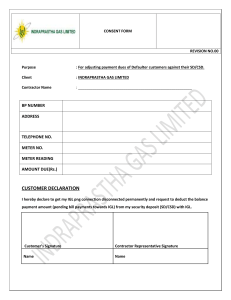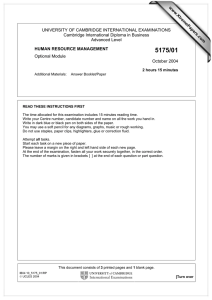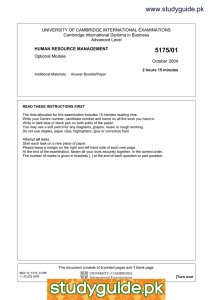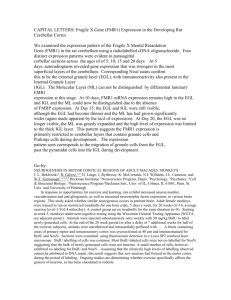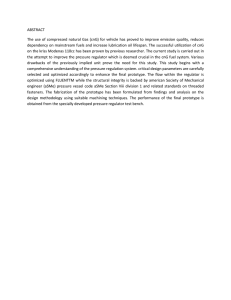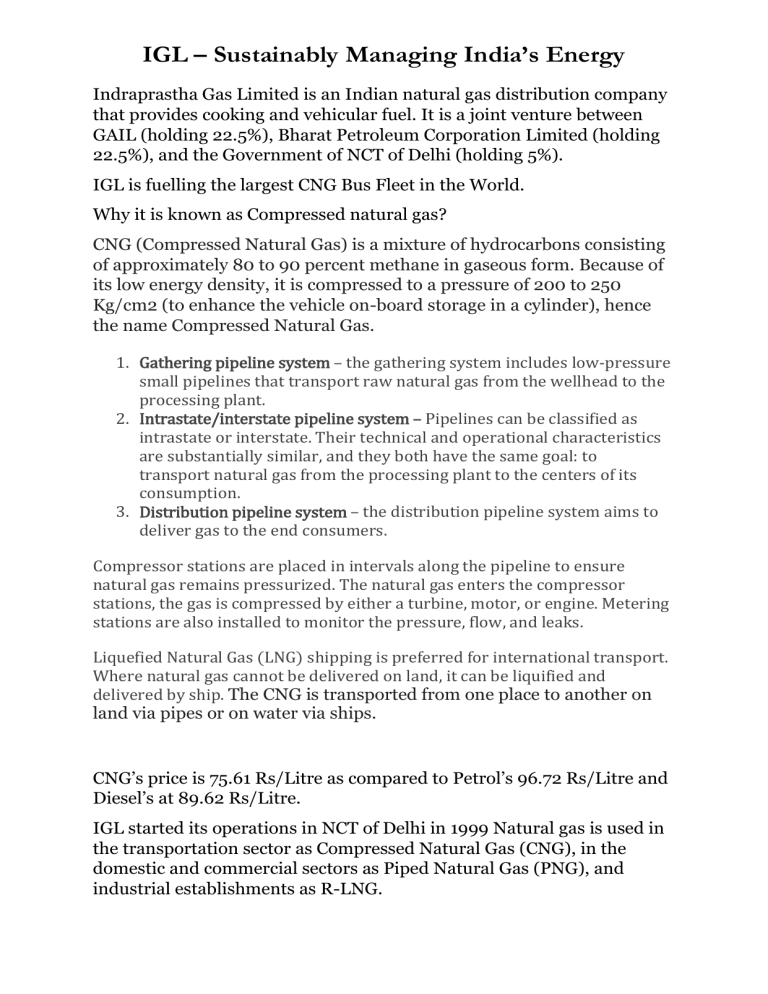
IGL – Sustainably Managing India’s Energy Indraprastha Gas Limited is an Indian natural gas distribution company that provides cooking and vehicular fuel. It is a joint venture between GAIL (holding 22.5%), Bharat Petroleum Corporation Limited (holding 22.5%), and the Government of NCT of Delhi (holding 5%). IGL is fuelling the largest CNG Bus Fleet in the World. Why it is known as Compressed natural gas? CNG (Compressed Natural Gas) is a mixture of hydrocarbons consisting of approximately 80 to 90 percent methane in gaseous form. Because of its low energy density, it is compressed to a pressure of 200 to 250 Kg/cm2 (to enhance the vehicle on-board storage in a cylinder), hence the name Compressed Natural Gas. 1. Gathering pipeline system – the gathering system includes low-pressure small pipelines that transport raw natural gas from the wellhead to the processing plant. 2. Intrastate/interstate pipeline system – Pipelines can be classified as intrastate or interstate. Their technical and operational characteristics are substantially similar, and they both have the same goal: to transport natural gas from the processing plant to the centers of its consumption. 3. Distribution pipeline system – the distribution pipeline system aims to deliver gas to the end consumers. Compressor stations are placed in intervals along the pipeline to ensure natural gas remains pressurized. The natural gas enters the compressor stations, the gas is compressed by either a turbine, motor, or engine. Metering stations are also installed to monitor the pressure, flow, and leaks. Liquefied Natural Gas (LNG) shipping is preferred for international transport. Where natural gas cannot be delivered on land, it can be liquified and delivered by ship. The CNG is transported from one place to another on land via pipes or on water via ships. CNG’s price is 75.61 Rs/Litre as compared to Petrol’s 96.72 Rs/Litre and Diesel’s at 89.62 Rs/Litre. IGL started its operations in NCT of Delhi in 1999 Natural gas is used in the transportation sector as Compressed Natural Gas (CNG), in the domestic and commercial sectors as Piped Natural Gas (PNG), and industrial establishments as R-LNG. IGL – Sustainably Managing India’s Energy only 9 CNG stations and 1000 PNG customers. Today IGL has its operations in NCT of Delhi, Noida, Greater Noida, Ghaziabad, Rewari, Karnal, Kaithal, Kanpur, Muzaffarnagar, and Ajmer with 652 CNG stations, 18.91 lacs residential connections, and 7400 industrial/commercial customers. The company's main goal is 1) to provide safe, convenient, and dependable natural gas supply to its customers in the residential and commercial sectors. 2)To provide a more environmentally friendly alternative to auto fuel. This will significantly reduce the alarmingly high level of pollution. MISSION 'Committed to providing safe, reliable, and clean energy solutions to improve quality of life and enhance stakeholders’ value'. VISION 'India’s leading clean energy solution provider, with an international presence, is through customer centricity, innovative technology, and diversification. AIM Since IGL has seen significant growth in profit and new connections in the last few years, it intends to expand its geographical areas. The expansion of CNG infrastructure into new geographical areas and the construction of new green corridors will continue to boost CNG business. Business Model of IGL IGL – Sustainably Managing India’s Energy The company’s major revenue market share comes from CNG i.e., 72%, from Industries and commercial is 14% and the rest is from residential and others i.e., 14%. Holdings IGL board is fairly well diversified with 10 members including two each from GAIL and BPCL, one from Govt. Of Delhi and five independent directors. IGL – Sustainably Managing India’s Energy Holding % 13 7 1 45 9 20 5 Promoters Govt of NCT of Delhi Foreign Institutions Investments Mutual Funds Indian Financial Institutions and Banks Insurance Companies Public/Others Promoters- 45% (GAIL-22.5% & BPCL-22.5%) Govt. of NCT of Delhi- 5% FII (Foreign Institutions Investors)-20% Mutual Funds-9% Indian Financial Institutions and Banks-1% Insurance Companies-7% Public/Others-13% Current Sales Volume Mix (%) IGL – Sustainably Managing India’s Energy Sales Volume Mix 1,2 7 14 72 CNG Commercial/Industry Sale to other CGD cos. Residential Sales Volume *MMSCMD means Million Metric Standard Cubic Meter per day IGL – Sustainably Managing India’s Energy The spread of the pipeline network of different transporters is as under: Gas Sourcing Firm allocation from Govt. of India of domestic gas for the entire CNG and PNG segment consumption. Lower prices of domestic gas make the economies of switching to gas more attractive driving growth in CNG & PNG- domestic segments which constitute around 79% of the total sales volume. I have tied up a long-term contract for R-LNG (Regasified Liquified Natural Gas- It is used in generating electricity, manufacturing products like fertilizers, paints, medicines, etc.) to meet PNG Industrial & Commercial demand, and buying short-term gas from the open market (Shell, IOCL, GSPC, BPCL, etc.) Sector-wise consumption of Natural Gas for April-January 2022 IGL – Sustainably Managing India’s Energy Consumption of Natural Gas 21% 30% 5% 9% 15% 20% Fertilizers Power CGD Refinery Petrochemical Others The company manages a CGD infrastructure that includes over 12,500 kilometers of pipeline and 482 CNG stations. According to the 2019 report, it meets the fuel needs of 10.5 lakh CNG vehicles and supplies PNG to 10 lakh households in Delhi and the surrounding National Capital Region towns. IGL obtains its gas from GAIL's HVJ Gas Pipeline. Currently, approximately 40% of natural gas is consumed in the production of fertilizers. About 30% is used in power generation, and 10% is used in LPG. Natural gas accounts for roughly one-quarter of global energy consumption. In India, however, it accounts for only 6% of total energy consumption, with crude oil and coal dominating. The Indian government has promised to increase natural gas's share to 15% by 2030. According to the 2019-20 report, the Company had a total of 13.74 Lakh connections in Delhi and other geographical areas as of March 31, 2020, and in 2020-21, the Company provided more than 3.10 Lacs new connections, the highest number of connections in a single fiscal year in the history provided by any CGD Company in the country. IGL – Sustainably Managing India’s Energy However, many households still do not have PNG connections and rely on LPG gas cylinders. According to a 2011 report, Delhi has 34.4 lakh households, with a population growth rate of 9.28 percent per year. As a result, the company is working hard to make Delhi the capital region where every household has a PNG connection. According to the latest news, Indraprastha Gas (IGL) plans to invest Rs 8,000 crore over the next five years to expand its city gas network even as it targets a more than 40% increase in sales volumes over the same period, its top executive has said. IGL currently operates in Delhi and adjoining cities and plans to expand its operations to a few districts in Uttar Pradesh, Rajasthan, and Haryana. Of the planned Rs 8,000 crore, about Rs 6,000 crore would go towards setting up city gas infra in seven new license areas and the balance into enhancing facilities in the four existing areas, according to IGL’s managing director Sanjay Kumar. IGL – Sustainably Managing India’s Energy Human Resource The department of a company tasked with discovering, selecting, hiring, and training job applicants is known as human resources (HR). HR is also in charge of managing employee benefits. A human resources department also manages employee terminations and compensation and benefits. No matter the size of the company, the HR department is a crucial aspect of the operation. Its duties include increasing employee productivity and safeguarding the business from any problems that might develop within the workforce. Human Resource Management- HRM is the art of managing people at work in such a manner that they give their best to the organization for achieving its set goals. 12 Human Resource functions that help to move the organization forward: 1. Human resource planning 2. Recruitment and selection 3. Performance management 4. Learning and development 5. Career planning 6. Function evaluation 7. Rewards 8. Industrial relations 9. Employee participation and communication 10.Health and safety 11. Personal wellbeing IGL – Sustainably Managing India’s Energy 12. Administrative responsibilities Performance Management System: A performance Management system is the systematic approach to measuring the performance of the employees. It is essential in ensuring that workers stay productive and engaged. Good Performance management involves good leadership, clear goal setting, and open feedback. On what basis the performance of employees measured Knowing the appropriate systems to track is necessary for measuring employee performance. Important points to consider while assessing employee performance: a) b) c) d) e) f) g) h) Work Execution Work Quality Punctuality Attitude Positive Habits Creativity Sales Revenue Customer and Peer feedback IGL follows a BALANCED SCORECARD to measure the performance of the employees. What is a Balanced Scorecard? A balanced scorecard is a strategic management performance metric that helps companies identify and improve their internal operations to help their external outcomes. It measures past performance data and provides organizations with feedback on how to make better decisions in the future. The four perspectives of the Balanced Scorecard IGL – Sustainably Managing India’s Energy 1. 2. 3. 4. Financial Perspective Customer Perspective Internal Business Perspective Learning & Growth Perspective Each Perspective has its set objectives, the measures used to monitor the objective, the set target based on the small period, and the initiatives taken by the company. Now, Companies are shifting to a Real-Time Appraisal Strategy for Performance Management. Real-Time Appraisal - Employees receive more immediate or continuous feedback throughout the year. Instead of waiting for the annual performance review for feedback, it's instant. Real-time feedback is useful since it enhances performance at the moment. Real-time feedback makes sure that your employees are readjusting their priorities as needed. It enables individuals to learn from their errors and even modify their behavior. Encouragement of career development is also helpful, especially in our world that is changing so quickly. Encourage real-time feedback at your company to show your employees that you are there for them at every turn. People will automatically feel their bosses care about their growth when managers and direct reports share comments throughout the year. So, IGL shortly, going to adapt the Real-time Appraisal strategy to bring more out of the employees for the organization's benefit. CONCLUSION Indraprastha Gas Limited (IGL) has many plans to establish a Greener and Cleaner India. Six stations dispensing LNG to long-haul heavy vehicles, such as trucks and buses, will be set up by the firm at an investment of Rs 100–120 crore over two or three years. In the national capital region, the business also plans to build 50 battery swapping facilities for electric vehicles. At its CNG stations, it has already put in place two fixed charging facilities, and five more are being built. Numerous CNG stations are currently being set up, and the goal will soon be accomplished. IGL – Sustainably Managing India’s Energy
